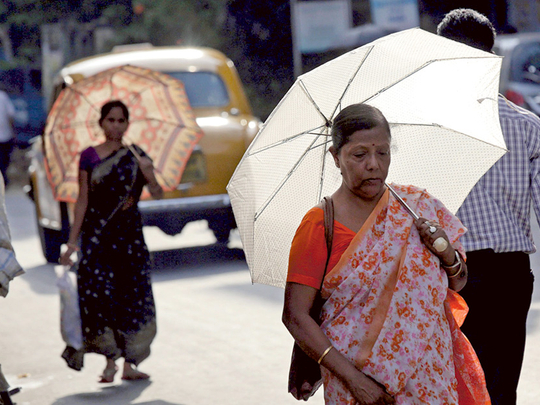
Dubai: While the World Health Organisation has not specified the exact temperature levels that can cause heat stroke and death, the International Labour Organisation says exposure to a temperature of 50 degrees Celsius for 6-8 hours continuously can cost a person his or her life.
The human body on average cannot withstand temperatures beyond 45 degrees Celsius. But many factors such as age, the type of work a person does (physical labour) and illnesses such as hypertension, migraine, depression that require medication (diuretics and beta blockers) can make people more vulnerable to heat stroke and even prove fatal.
A lack of education and awareness prevents people from seeking help when they experience a heat stroke. Prolonged exposure without any medical intervention can result in death.
Dr Atul Aundhekar, Chief Operating Officer of Landmark Group’s iCare Clinics, explains the stages of heat exhaustion and stroke leading to death.
1.Heat oedema: Swelling of the ankles — happens to people not acclimatised to high temperatures
2.Heat rash: Small boils erupt as the body begins to lose the ability to perspire as the circulatory system gets clogged.
3.Heat cramps: Loss of essential electrolyte fluids from the body leads to an imbalance, causing muscle cramps characterised by involuntary twitching and sharp pain in the musculoskeletal system.
4.Heat exhaustion: Loss of hydration causes the body to heat up as the body stops perspiring.
5.Heat syncope: Loss of fluids and evaporation on the surface area of the skin results in fainting spells due to insufficient blood flow to the brain.
6.Heat stroke: Characterised by brain fogging, confusion, intense thirst, vomiting, diarrhoea, headache, nausea and vomiting as the body gets heated up beyond 40 degrees Celsius.
7.Heat-induced coma: The brain signals for the organs to shut down as they are unable to cope with the overheating. This can be temporary until help arrives and the patient can be revived. Without medical intervention, the coma can result in multiple organ failure and death.












